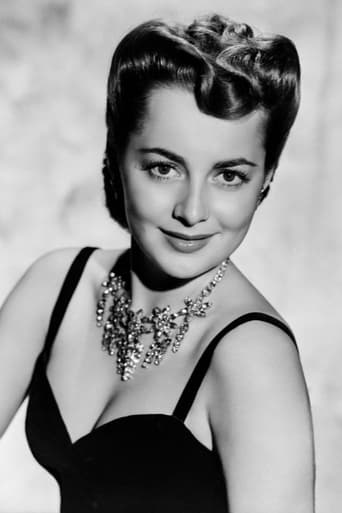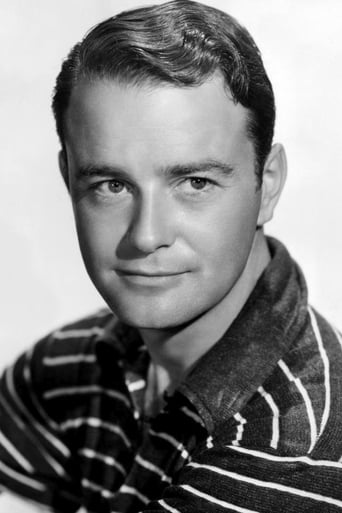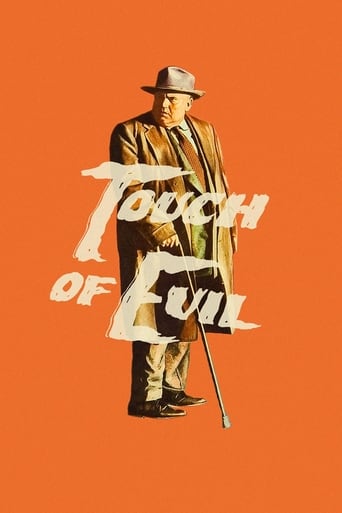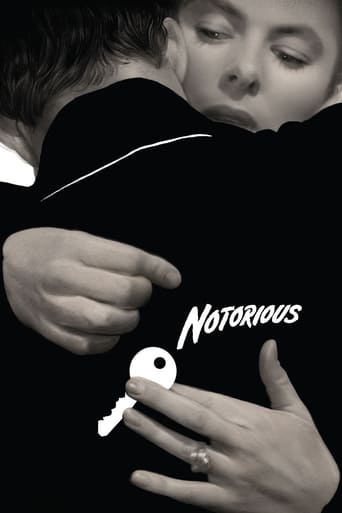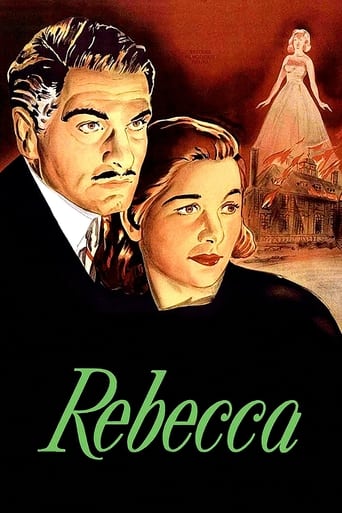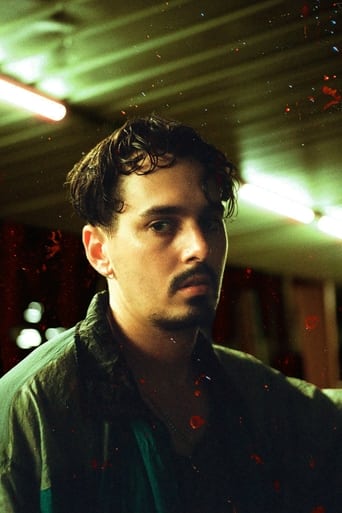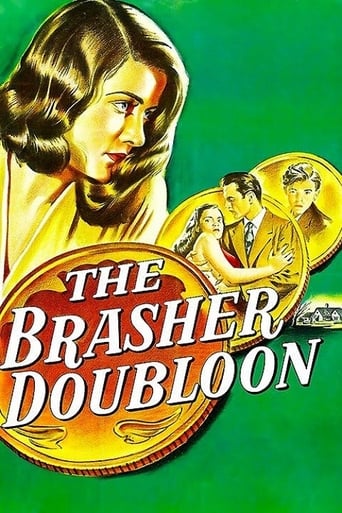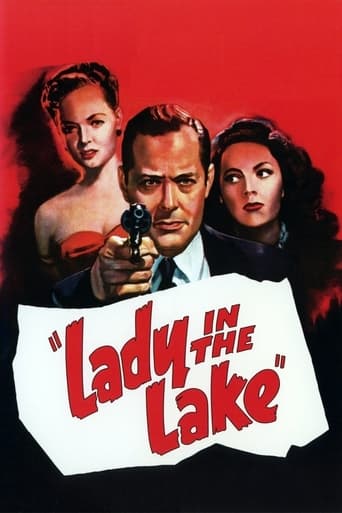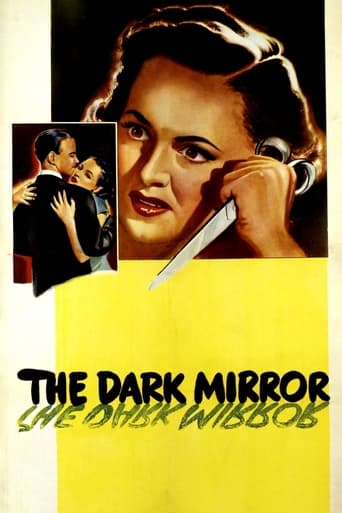
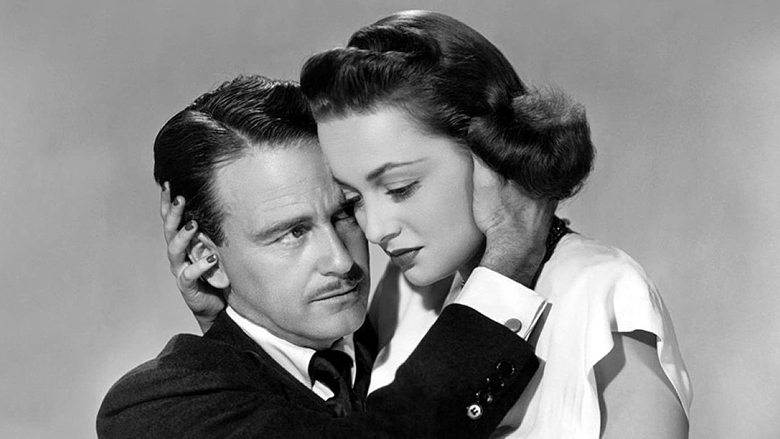
The Dark Mirror (1946)
A sister and her disturbed twin are implicated in a murder and a police detective must figure out which one's the killer.
Watch Trailer
Cast
Similar titles
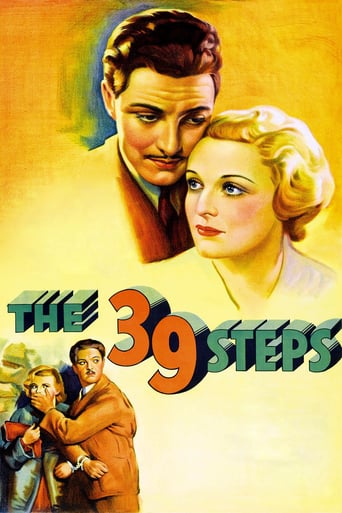
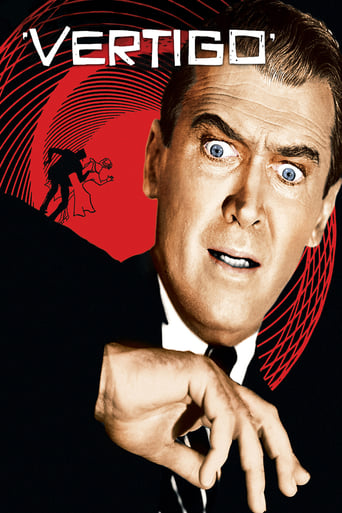
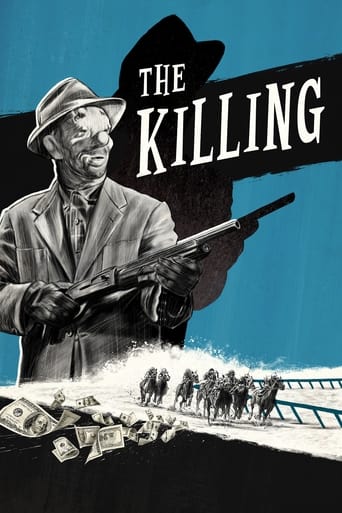
Reviews
Very very predictable, including the post credit scene !!!
A movie that not only functions as a solid scarefest but a razor-sharp satire.
It is an exhilarating, distressing, funny and profound film, with one of the more memorable film scores in years,
The film never slows down or bores, plunging from one harrowing sequence to the next.
Olivia de Havilland is, or should that be are, identical twins, one of whom is a murderer in Robert Siodmak's noirish thriller "The Dark Mirror". It's something of a technical marvel in the way it places both Miss de Havillands in the same frame, (remember, this was made in 1946), and Olivia is excellent in the way she juggles the two personalities but it's also pretty daft, a load of psychological mumbo-jumbo as Dr Lew Ayres tries to figure out which of the sisters might be a killer. This certainly isn't one of Siodmak's better films; it's never quite as clever as it thinks it is and the only point of interest is the guessing game of which de Havilland is which, (both Ayres and a very miscast Thomas Mitchell as the investigating cop are totally lifeless). This is a movie in which the twist is basically the whole film and I got bored long before the half-way mark.
Psychologist works with the police in determining which of two sisters committed a murder--the trouble is, the ladies are identical twins, with one sibling apparently covering up for the other. Good optical effects and editing can't quite make this scenario convincing, particularly as Olivia de Havilland is wide-eyed and artificial in both her incarnations; the histrionic schlock music rising up in the background doesn't help, either. Director Robert Siodmak's work is hit-and-miss: he handles doctor Lew Ayres' investigation scenes well, however the opening interviews in the police station are awfully corny. Nunnally Johnson adapted his screenplay from an original story by Vladimir Pozner (who alone was Oscar-nominated). The plot builds to a melodramatic boil, yet the final tally isn't all that intriguing. ** from ****
THE DARK MIRROR is a lesser-known entry into the canon of films noir that dominated Hollywood in the mid-Forties. Directed by Robert Siodmak (THE KILLERS), it is a psychological thriller focusing on the attempts of Lt. Stevenson (Thomas Mitchell) and psychiatrist Dr. Scott Elliott (Lew Ayres) to discover the killer of a well=established doctor. The only snag is that the chief suspects are a pair of identical twins, Ruth and Terry Collins, both played by Olivia de Havilland, who refuse to divulge any further information. Siodmak's narrative focuses in detail on the twins' psychology, by deliberately frustrating our desire to find out who is the 'good' and the 'bad' twin. The costume-designs apparently make this process of distinguishing quite straightforward - one wears white, the other black as the film unfolds - but the twins' responses to Elliott's psychological tests challenge our preconceptions. De Havilland has a rare chance to play the role of a 'bad' woman and grasps it with both hands; her Chicago accent is both harsh yet beguiling. It's clear that, as the 'bad' twin, she can seduce anyone she likes, even those men who proclaim their ability to see through any psychological games. Nunnally Johnson's script is taut and fast-moving (in the print I saw, the film lasts only eighty-one minutes), while Siodmak makes clever use of atmospheric lighting, especially shadows projected on the back will behind the twins, to suggest that they are somehow pursued by internal demons. THE DARK MIRROR might not be as celebrated as other films of similar genre, but it nonetheless captures some of the emotional uncertainties and moral that characterized the material of that period; its ending is particularly cleverly structured.
It will take you awhile to get to Lew Ayres as a character though. The movie opens on the body of a murdered man in a dark room. At first it looks as though this is going to be a police procedural with Lt. Stevenson (Thomas Mitchell) in the lead as he methodically finds out who last saw the dead man alive, who the murdered man was with, etc. Suspect number one is whittled down to a woman who runs a magazine stand in the office building where the dead doc worked. She is hauled in for questioning, but she has an ironclad alibi that includes a concert and a walk in the park, both miles from the scene of the crime, and she has witnesses that have no reason to lie for her. The good lieutenant is just about at his wit's ends when he discovers his suspect has an identical twin. (Olivia DeHaviland as Terry and Ruth Collins). So, the lieutenant quips that one is guilty of murder the other obstruction of justice unless they fess up. Terry quips back "which are you charging with which crime?" The twins have a lawyer and are armed with the fact that you can't haul multiple people in for the same crime when you know one is innocent and just see how it shakes out.At this point Thomas Mitchell fades into the background and the film becomes a psychological drama with Lew Ayres becoming the male lead. Ayres plays Dr. Scott Elliott, initially called in as a witness for the police, but when the Lieutenant discovers Dr. Elliott has spent his career studying twins, he proposes that he make friends with the Collins sisters, offer to use them in a study, and see if he can determine which is the murderer through a psychological profile.This is the part I find hard to swallow. The Collins twins have all their ducks in a row legally, and mum is the word when it comes to talking to the police, and yet they both agree to be studied by a doctor specializing in twin psychology, both yapping their brains out about their individual thought processes, all based on the fact that the good doctor SAYS he is not working for the police? I'll let you watch and see how this all shakes out.I will say that Olivia DeHaviland, like Joan Crawford, was much better at choosing roles that showed off her acting talent than her original studio - in her case Warner Bros. From 1935 until she freed herself from WB, she was pigeonholed as a light comedienne or the love interest of Errol Flynn in whatever swashbuckler he happened to be appearing. That doesn't mean she wasn't entertaining in those roles, I'm just saying she was capable of so much more. This film is a seldom seen example of DeHaviland's excellent skill. You actually see the two distinct personalities of the twins emerging as Olivia has several conversations with "her twin" that only exists as a result of editing and trick photography.Very much worth your time, and since it is hard to find any other way, I have to highly recommend the recent pressed release by Olive Films. I don't like to plug individual commercial products, but I know of no other way to see this fine piece of writing and acting.
